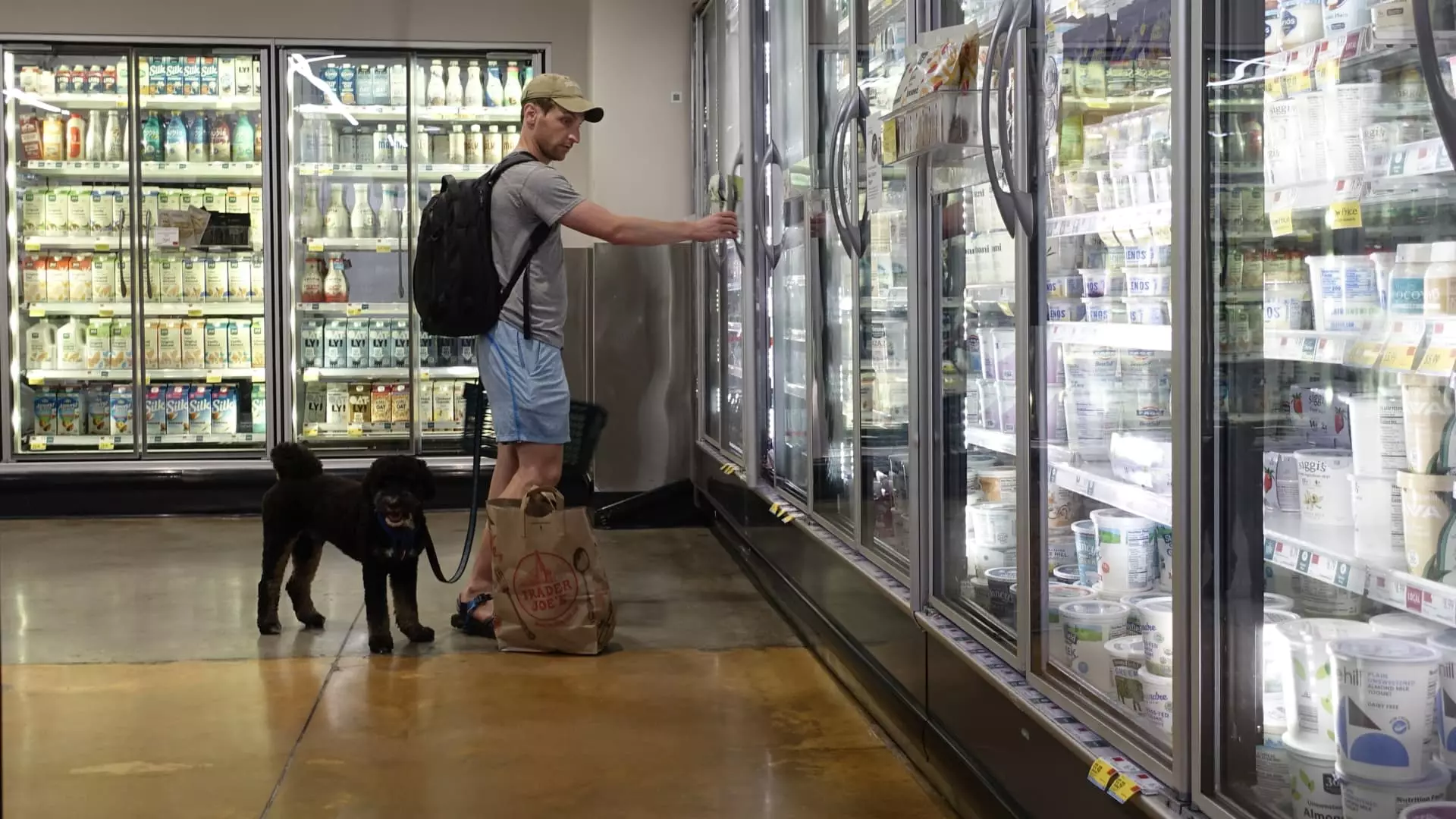The latest data from the Commerce Department reveals that inflation in July inched higher, aligning with the Federal Reserve’s assessment as they gear up for a potential interest rate cut. The personal consumption expenditures price index rose 0.2% on a monthly basis, with a year-over-year increase of 2.5%. The core PCE, which excludes food and energy prices, also saw a similar uptick of 0.2% for the month and a 2.6% jump from a year ago. Despite slight variations in estimates, both core and headline inflation figures mirrored those from the previous month.
Analysts point to housing costs as a primary driver of inflation, with shelter prices rising by 0.4% in July. This persistent increase underscores the challenges in the housing market and its impact on overall inflation. On the other hand, goods prices remained relatively stable, with a marginal decline of less than 0.1%, while services experienced a 0.2% uptick. Notable increases were seen in food prices (1.4%) and energy costs (1.9%), indicating some areas of concern within the inflation report.
Despite the inflation uptick, market reactions were tepid, with equity futures pointing towards a modestly higher open on Wall Street. Treasury yields also saw a slight increase, reflecting a cautious but positive sentiment among investors. Economists, such as Joseph Brusuelas, view the data as a sign of price stability across the economy. The anticipated rate-cutting campaign by the Federal Reserve is expected to support economic growth and hiring, providing a favorable outlook for the American economy.
With market expectations leaning towards a rate cut in September, the focus shifts to the Fed’s strategy in addressing inflation and supporting the labor market. Chair Jerome Powell and other policymakers are optimistic about inflation returning to the Fed’s 2% target. As the unemployment rate remains relatively low at 4.3%, concerns about a slowdown in hiring and job availability are evident. The Fed’s approach is likely to shift towards a balanced consideration of inflation and labor market dynamics.
The recent inflation report offers insights into the complex economic landscape characterized by housing market challenges, fluctuating goods and services prices, and optimistic market sentiments. It sets the stage for potential monetary policy adjustments by the Federal Reserve to stimulate economic growth while ensuring price stability. As policymakers navigate these dynamics, the focus on sustaining economic expansion and supporting the labor market remains crucial for long-term prosperity.


Leave a Reply